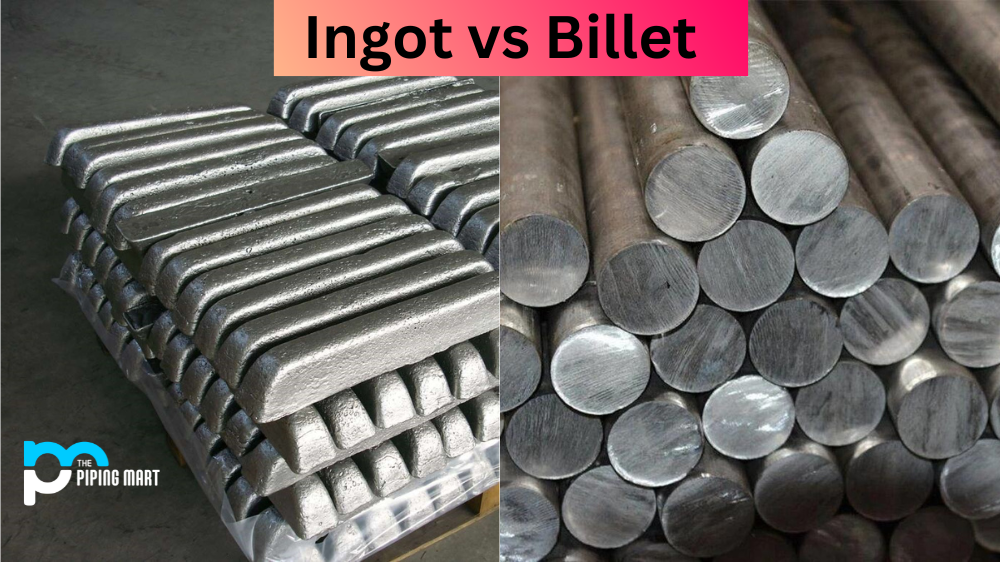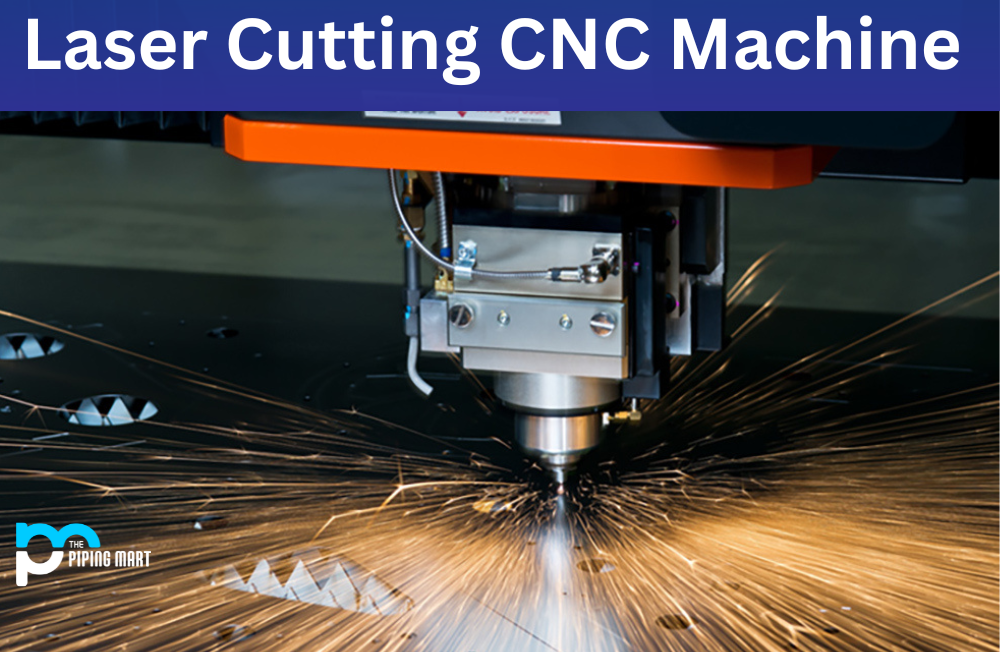If you’re new to metalworking, you may have heard of ingots and billets but aren’t sure what the difference is between them. It can be confusing because they are both large metal blocks used in production. In this blog post, we’ll cover some of the differences between an ingot and a billet so you can better understand which one is right for your project.
What is an Ingot?
An ingot is made by pouring molten metal into a mould that has been designed to create a specific shape. This will usually result in a rectangular shape with sharp edges and corners. Once cooled, the ingot can then be machined into whatever size or shape is needed for your application. Ingots are most often used to create larger parts, such as plates or sheets of metal.
What is a Billet?
A billet, on the other hand, is more often used for smaller parts such as handles, nuts, bolts, or screws. A billet starts out as an extrusion process where molten metal is forced through a die to form a long rod that has been shaped into its desired length and width. From there, it can be cut into shorter lengths depending on what type of product needs to be made from it. Billets are much easier to work with than ingots since they don’t require additional machining before being used in production.
Difference Between Ingot and Billet
An ingot is a piece of metal that has been cast into a specific shape, typically a block or bar. A billet is a piece of metal that has been extruded or rolled into a specific shape, such as a rod or bar. Ingots are typically larger and heavier than billets.
Casting vs Extrusion
Casting is a manufacturing process in which molten metal is poured into a mould and allowed to solidify. Extrusion is a manufacturing process in which metal is forced through a die to create a desired shape.
Advantages of Ingots
Ingots have several advantages over billets. First, ingots can be produced with greater accuracy, which results in less waste. Second, ingots are typically stronger than billets due to the way they are made. Finally, ingots can be easier to work with because they do not have the same level of internal stress that billets do.
Advantages of Billets
Billets have several advantages over ingots. First, billets can be produced in a wide range of shapes and sizes. Second, billets can be produced with greater precision than ingots. Third, billets tend to be stronger than ingots because they do not have the same level of internal stress. Finally, billets can be easier to work with because they can be reheated and worked multiple times without becoming brittle.
Disadvantages of Ingots
Ingots have several disadvantages compared to billets. First, ingots are more difficult to produce than billets. Second, ingots are typically larger and heavier than billets, which can make them more difficult to handle and transport. Finally, ingots tend to have more internal stresses than billets, which can make them more difficult to work with.
Disadvantages of Billets
Billets have several disadvantages when compared to ingots. First, billets can only be produced in limited shapes and sizes. Second, billets are less accurate than ingots and therefore result in more waste. Third, while billets may be stronger than ingots overall, they are susceptible to cracking and breaking if not handled properly due to their lower level of internal stress.
Conclusion:
In conclusion, understanding the difference between an ingot and a billet can help you decide which one will best meet your needs when working with metals. Ingots are great for creating large parts, while billets are better suited for smaller items due to their ability to be extruded into desired shapes without extra machining steps. Both play an important role in metalworking processes, so it’s important to understand which one will work best for your project!

Pipingmart is a B2B portal that specializes in metal, industrial and piping items. Additionally, we share the latest information and information about materials, products and various types of grades to assist businesses that are involved in this business.




